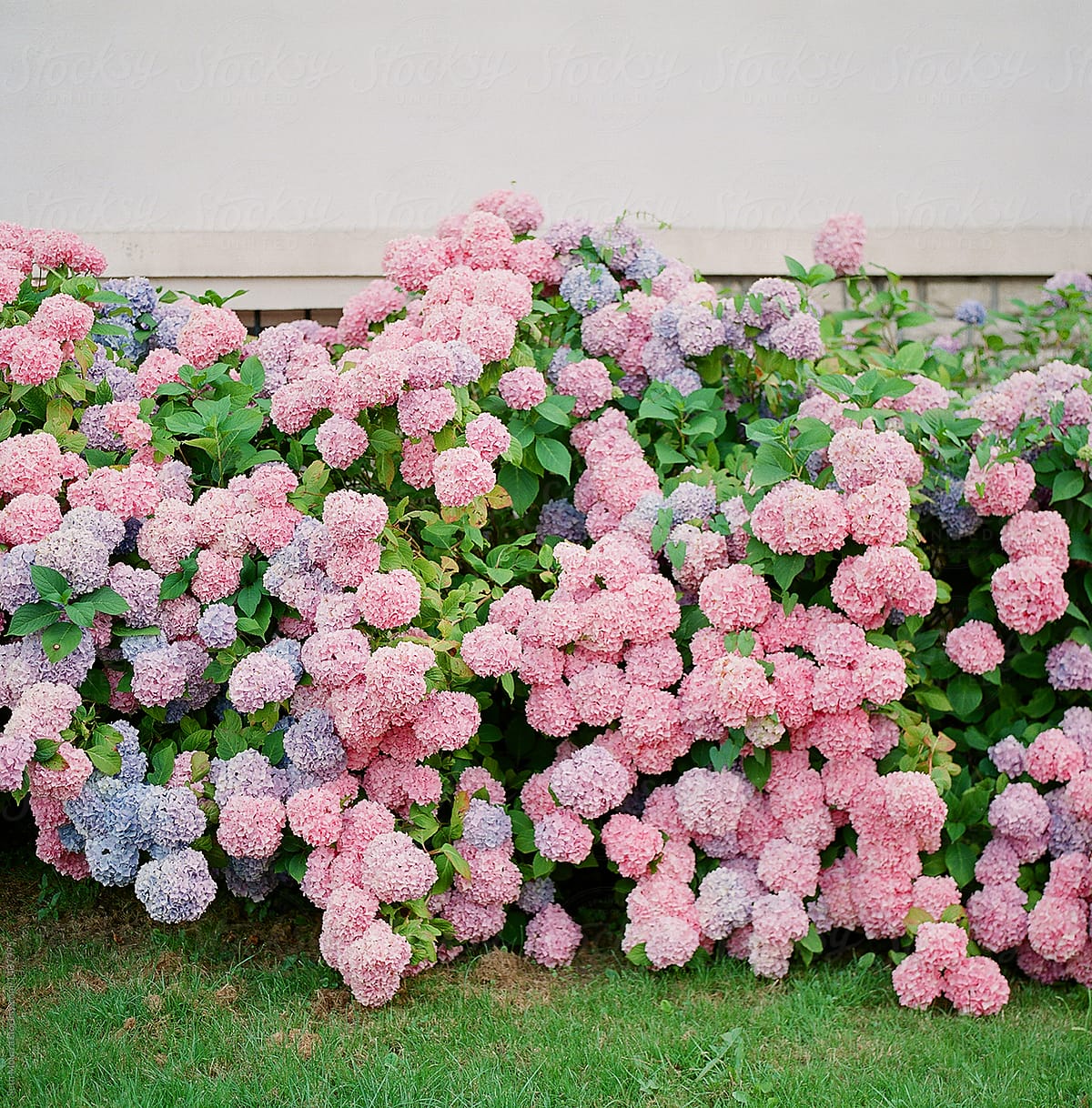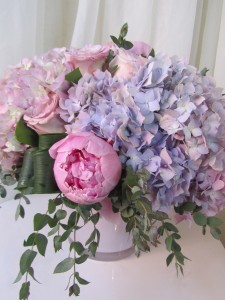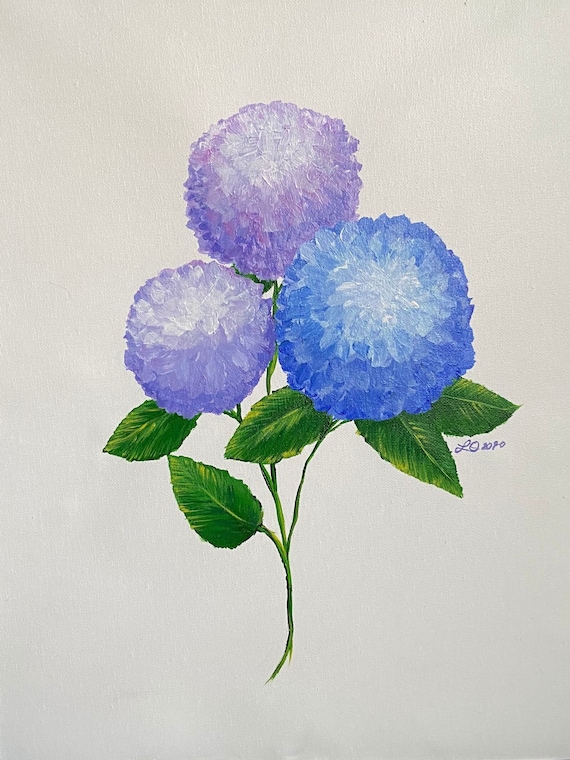Cotton Candy Hydrangeas: The Sweetest Blooms In The Garden
Cotton Candy Hydrangeas: The Sweetest Blooms in the Garden
Hydrangeas are some of the most popular flowering shrubs in the world, and for good reason. They come in a wide variety of colors, sizes, and shapes, and they can be grown in a variety of climates. But if you're looking for a hydrangea that is truly unique and special, then you need to check out cotton candy hydrangeas.
Cotton candy hydrangeas are a type of mophead hydrangea that is known for its soft, pastel pink and blue blooms. The flowers are so delicate and fluffy that they look like they're made of cotton candy. This makes them a popular choice for wedding bouquets and flower arrangements.
In addition to their stunning beauty, cotton candy hydrangeas are also very easy to care for. They prefer full sun to partial shade, and they need well-drained soil. They are also relatively drought-tolerant once established.
If you're looking for a hydrangea that will add a touch of sweetness to your garden, then cotton candy hydrangeas are the perfect choice. They are sure to brighten up your yard and bring a smile to your face.
Main Content
- History of Cotton Candy Hydrangeas
The cotton candy hydrangea (Hydrangea macrophylla "Sensation") was first introduced in Japan in the early 1990s. It quickly became popular in Europe and North America, and it is now one of the most popular hydrangea varieties in the world.
- Planting and Care
Cotton candy hydrangeas are relatively easy to plant and care for. They prefer full sun to partial shade, and they need well-drained soil. They are also relatively drought-tolerant once established.
When planting cotton candy hydrangeas, it is important to choose a location that gets at least six hours of sunlight per day. The soil should be well-drained, and it is a good idea to add some compost or peat moss to the soil before planting.
Cotton candy hydrangeas do not need to be watered very often. Once they are established, they can usually go for a week or two without water. However, it is important to water them deeply when you do water them.
- Fertilizing
Cotton candy hydrangeas do not need to be fertilized very often. A light application of fertilizer in the spring will help them to bloom their best. However, it is important to avoid over-fertilizing, as this can actually harm the plants.
- Pests and Diseases
Cotton candy hydrangeas are generally resistant to pests and diseases. However, they can be susceptible to aphids, scale, and powdery mildew. If you see any pests or diseases on your plants, it is important to treat them immediately.
- Propagation
Cotton candy hydrangeas can be propagated by cuttings or division. Cuttings should be taken in the spring or summer, and they should be rooted in a mixture of peat moss and sand. Division can be done in the spring or fall, and it is a good way to increase the size of your hydrangeas.
- Harvesting
Cotton candy hydrangeas can be harvested for their flowers. The flowers are best harvested when they are fully open, but before they start to fade. The flowers can be used in fresh flower arrangements, or they can be dried and used in dried flower arrangements.
Conclusion
Cotton candy hydrangeas are a beautiful and easy-to-care-for addition to any garden. They are sure to add a touch of sweetness to your yard, and they will bring a smile to your face.
The cotton candy hydrangea is a beautiful and unique plant that is sure to add a touch of magic to your garden. With its large, fluffy blooms that range in color from pale pink to deep purple, it is no wonder that this plant is so popular.
If you are interested in learning more about the cotton candy hydrangea, I encourage you to visit . This website has a wealth of information about the plant, including its history, care requirements, and planting tips.
In addition to providing information about the cotton candy hydrangea, also offers a variety of other resources for gardeners. You can find articles on other types of hydrangeas, as well as tips on how to care for your garden plants.
I hope you will visit and learn more about this amazing plant.
FAQ of cotton candy hydrangea
Q: What is a cotton candy hydrangea?
A: A cotton candy hydrangea is a type of hydrangea that blooms in shades of pink, blue, or lavender. The flowers are large and fluffy, giving them a resemblance to cotton candy. Cotton candy hydrangeas are a popular choice for gardens because they are easy to care for and have a long bloom period.
Q: What are the care requirements for cotton candy hydrangeas?
A: Cotton candy hydrangeas prefer full sun to partial shade and moist, well-drained soil. They are hardy in USDA zones 4-9. To care for cotton candy hydrangeas, water them regularly, especially during the summer months. Fertilize them once a month during the spring and summer with a balanced fertilizer. Deadhead spent flowers to encourage new blooms.
Q: How do I get my cotton candy hydrangeas to bloom blue?
A: The color of cotton candy hydrangea blooms depends on the pH of the soil. To get your cotton candy hydrangeas to bloom blue, you need to lower the pH of the soil. This can be done by adding aluminum sulfate to the soil. The amount of aluminum sulfate you need to add will depend on the pH of your soil.
Q: How do I overwinter cotton candy hydrangeas?
A: Cotton candy hydrangeas are hardy in USDA zones 4-9, so they do not need to be overwintered in most areas. However, if you live in an area with cold winters, you may want to take some precautions to protect your cotton candy hydrangeas. You can do this by wrapping the roots of the plant with burlap or mulch. You can also prune the plant back in the fall to reduce its size and make it easier to protect.
Q: What are some pests and diseases that affect cotton candy hydrangeas?
A: Cotton candy hydrangeas are susceptible to a few pests and diseases, including aphids, scale, and powdery mildew. Aphids are small, soft-bodied insects that can suck the sap out of plants. Scale is a type of insect that attaches itself to plants and feeds on their sap. Powdery mildew is a fungus that causes a white, powdery coating to form on leaves and stems.
To control aphids, you can spray the plants with insecticidal soap or neem oil. To control scale, you can scrape the insects off the plants with a knife or use a horticultural oil spray. To control powdery mildew, you can remove infected leaves and stems and spray the plants with a fungicide.
Image of cotton candy hydrangea
- Image 1: A close-up of a single cotton candy hydrangea flower. The petals are a delicate pink and blue, and they are arranged in a spiral pattern.
- Image 2: A full shot of a cotton candy hydrangea bush. The bush is covered in flowers, and the petals are a beautiful shade of pink.

- Image 3: A field of cotton candy hydrangeas. The flowers are in full bloom, and they are a stunning sight.

- Image 4: A cotton candy hydrangea in a vase. The flower is arranged with other flowers, and it makes a beautiful centerpiece.

- Image 5: A cotton candy hydrangea painted on a canvas. The painting is a beautiful depiction of the flower, and it captures its delicate beauty.

Post a Comment for "Cotton Candy Hydrangeas: The Sweetest Blooms In The Garden"